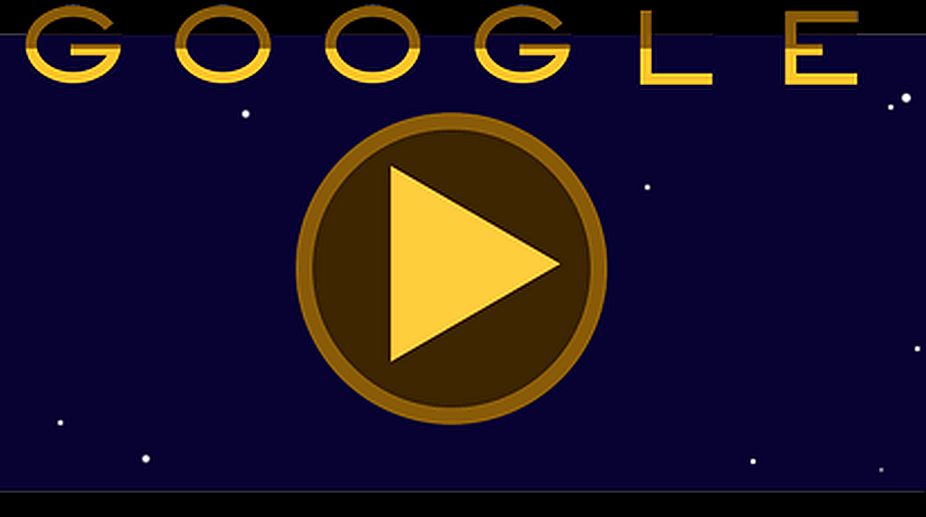NASA mission touches down on Moon aboard Firefly Aerospace lander
The data captured could also benefit humans on Earth by providing insights into how space weather and other cosmic forces impact Earth.

As the Cassini spacecraft starts its first dive through the narrow gap between Saturn and its rings on Wednesday, Google has marked the occasion with an animated Doodle.
Cassini's series of swoops between Saturn and its rings are part of the spacecraft's dramatic "Grand Finale," a daring set of orbits offering Earthlings an unprecedented look at the second largest planet in our solar system.
Advertisement
"By plunging into this fascinating frontier, Cassini will help scientists learn more about the origins, mass, and age of Saturn's rings, as well as the mysteries of the gas giant's interior. And of course there will be breathtaking additions to Cassini's already stunning photo gallery," Google said in a statement.
Advertisement
In the animated Doodle by Nate Swinehart, Cassini is personified as an interstellar photographer who takes selfies before and during the dive between Saturn and its rings.
Cassini, launched in 1997, is a joint endeavour of NASA, the European Space Agency (ESA), and the Italian space agency (ASI). It arrived at Saturn in 2004.
During its time at Saturn, Cassini has made numerous dramatic discoveries, including a global ocean that showed indications of hydrothermal activity within the icy moon Enceladus, and liquid methane seas on its moon Titan.
Now 20 years since launching from Earth, and after 13 years orbiting the ringed planet, Cassini is running low on fuel.
In 2010, NASA decided to end the mission with a purposeful plunge into Saturn in 2017.
Using expertise gained over the mission's many years, Cassini engineers designed a flight plan that will maximise the scientific value of sending the spacecraft toward its fateful plunge into the planet on September 15.
When Cassini makes its final plunge into Saturn's atmosphere on September 15, it will send data from several instruments — most notably, data on the atmosphere's composition — until its signal is lost, NASA said.
Advertisement